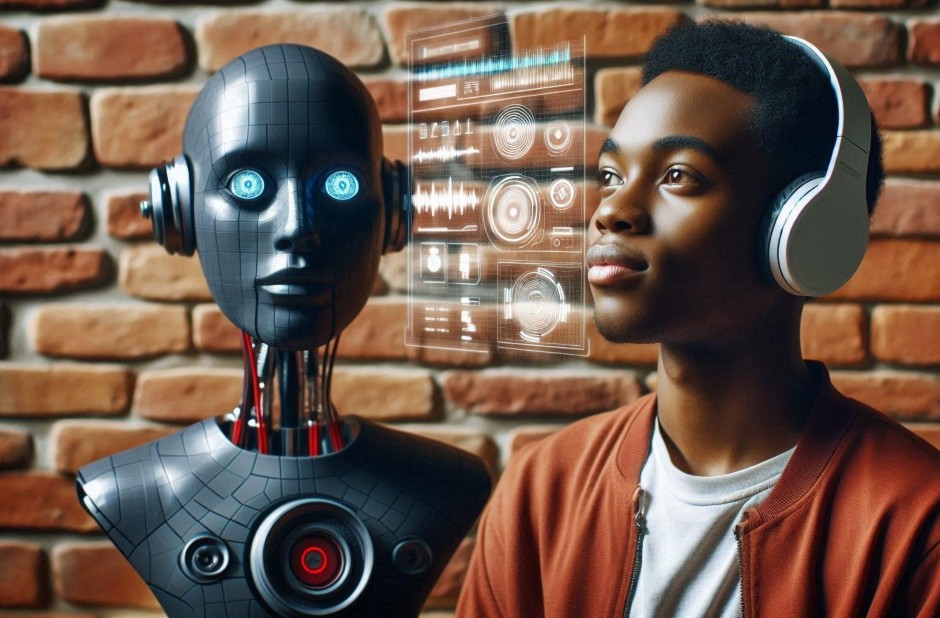In recent years, there has been a significant advancement in the field of Artificial Intelligence (AI) and Augmented Reality (AR). These technologies have become increasingly popular and have the potential to enhance virtual experiences in various fields such as gaming, education, healthcare, and...
Bot Learned to Recognize Lies by Human Voice

A breakthrough in artificial intelligence has emerged as researchers successfully developed a sophisticated bot capable of detecting deception through human voice patterns. This revolutionary technology represents a significant leap forward in lie detection capabilities, potentially transforming fields ranging from law enforcement to cybersecurity.
The Science Behind Voice-Based Lie Detection
The AI system analyzes subtle vocal characteristics that humans typically cannot perceive consciously. When people lie, their speech patterns undergo microscopic changes that manifest in various ways:
- Pitch variations and frequency fluctuations
- Speech rhythm and timing irregularities
- Vocal tension and stress indicators
- Micro-pauses and hesitation patterns
- Voice quality changes and harmonics
Training the Detection Algorithm
Researchers trained the AI bot using thousands of voice samples from controlled experiments where participants were instructed to tell both truths and lies. The machine learning algorithm processed this massive dataset to identify consistent patterns that distinguish deceptive speech from honest communication.
The training process involved multiple phases, including baseline establishment, pattern recognition, and validation testing. Scientists ensured the system could differentiate between intentional deception and natural speech variations caused by nervousness, excitement, or other emotional states.
Impressive Accuracy Rates
Initial testing revealed the bot achieved remarkable accuracy rates of approximately 85-90% in detecting lies during controlled laboratory conditions. This performance significantly exceeds traditional polygraph tests, which typically achieve 60-70% accuracy rates and remain inadmissible in many court proceedings.
Real-World Applications
The potential applications for this technology extend across numerous sectors:
- Law Enforcement: Supporting criminal investigations and interrogations
- Security Screening: Enhancing airport and border control procedures
- Corporate Compliance: Detecting fraud in business communications
- Insurance Claims: Identifying potentially fraudulent insurance applications
- Online Security: Combating social engineering and phone scams

Ethical Considerations and Limitations
Despite its promising capabilities, the technology raises important ethical questions about privacy and consent. Experts emphasize that voice-based lie detection should complement, not replace, human judgment in critical decision-making processes.
Current Limitations
The system faces several challenges that researchers continue to address:
- Cultural and linguistic variations in speech patterns
- Individual differences in baseline vocal characteristics
- Potential bias in training data
- Environmental factors affecting voice quality
Future Development
Scientists are working to refine the algorithm's accuracy and expand its capabilities to handle diverse languages and dialects. Future versions may incorporate additional biometric indicators, such as breathing patterns and micro-expressions, to create more comprehensive deception detection systems.
The research team plans to conduct extensive field testing in collaboration with law enforcement agencies to evaluate real-world performance. They emphasize the importance of maintaining strict ethical guidelines and ensuring the technology serves as a tool to support human decision-making rather than replace it entirely.
This groundbreaking development in AI-powered lie detection represents a significant milestone in our understanding of human communication patterns and opens new possibilities for enhancing security and trust in various professional contexts.



